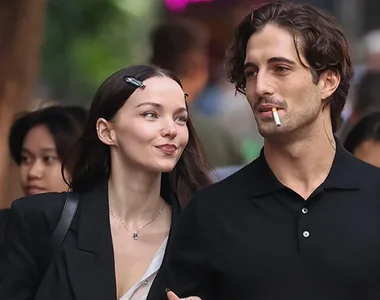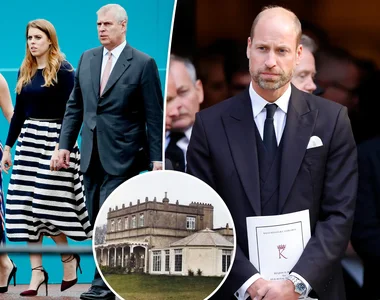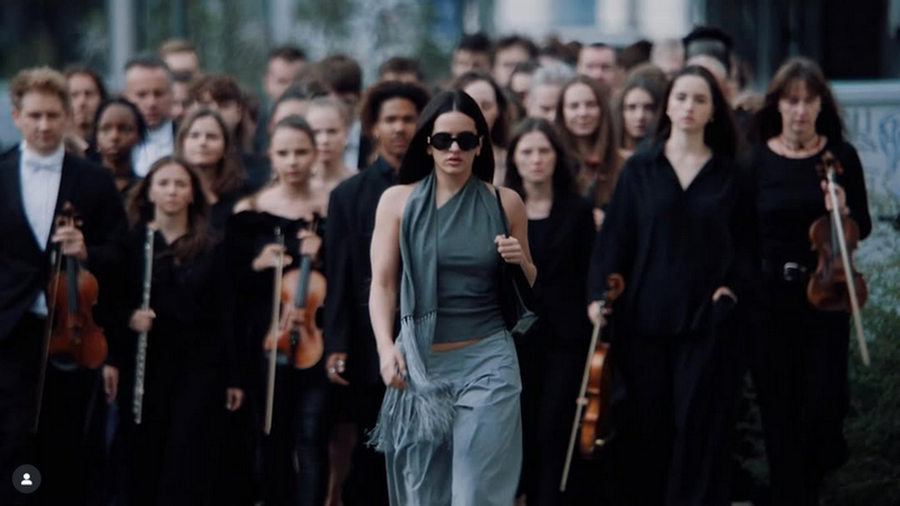
Rosalía has decided to start a new chapter in her career with "Berghain", the song that heralds the album "Lux", which is released on November 7.
The release of "Berghain" on October 27th was not so ordinary, it was an open challenge to the entire pop culture. With sounds that blend between opera and electronica, and with lyrics in three languages ??(German, Spanish and English), Rosalía showed that she sees music as an art form that has no boundaries.
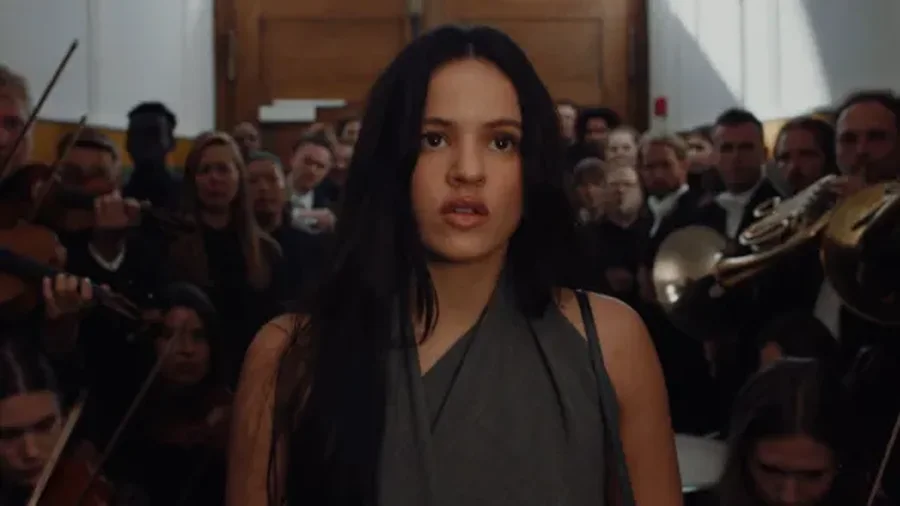
At the age of 33, just like Christ at the moment of crucifixion, Rosalía chooses to present herself as a figure of rebirth: she "dies" to be resurrected through art, transforming every religious and cultural symbol into a personal narrative about love, wounding, and salvation.
Why "Berghain"?
Berghain is a legendary (but dark) club in Berlin, famous worldwide for its techno music, long nights, and ironclad rule: no phones allowed inside. It's a space that has long been seen as a temple of extreme freedom, anonymity, and experimental art, where people go to lose themselves, to be reborn, or simply to be nobody.
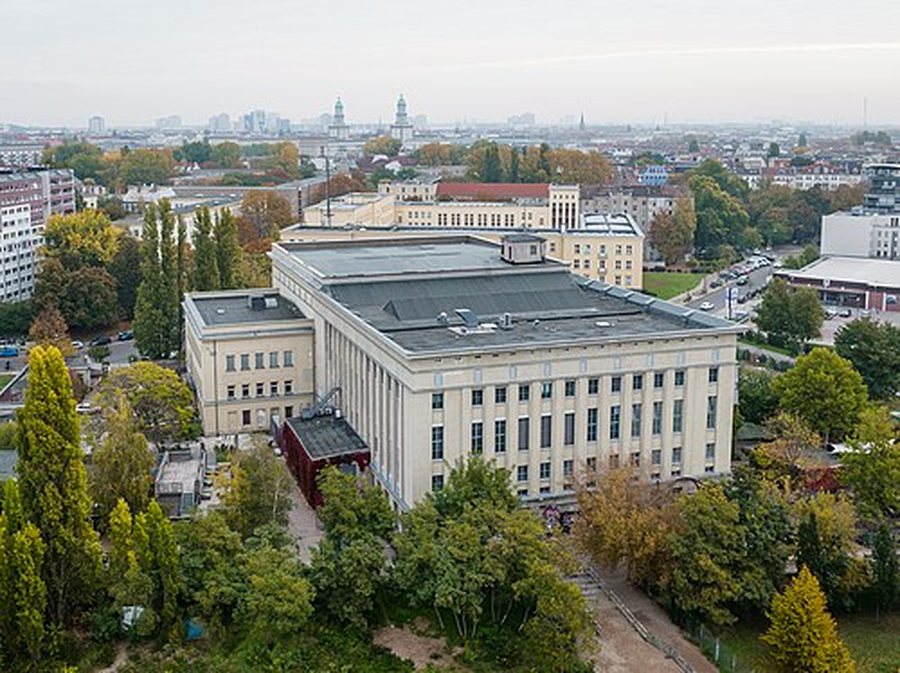
By choosing to title the song with this name, Rosalía shows that she is not simply talking about a place, but about a space where one enters to free oneself from the limits that define one. Essentially, it seems to be a metaphor for the artistic liberation that she herself is experiencing after "Motomami."
Music and lyrics
In “Berghain,” Rosalía mixes operatic elements, cold electronic sounds, and industrial rhythms, creating a sense of tension and ecstasy that is reminiscent of a night at a club, but also of a church ritual. The lyrics switch between German, Spanish, and English, as if to show that language, like music itself, is mobile and without borders.
Her voice, sometimes a whisper and sometimes a scream, creates a fantastic duality: sacred and sinful, earthly and divine, human and artificial; the whole fable takes place between the museum and the club, sacred and sensual at the same time.
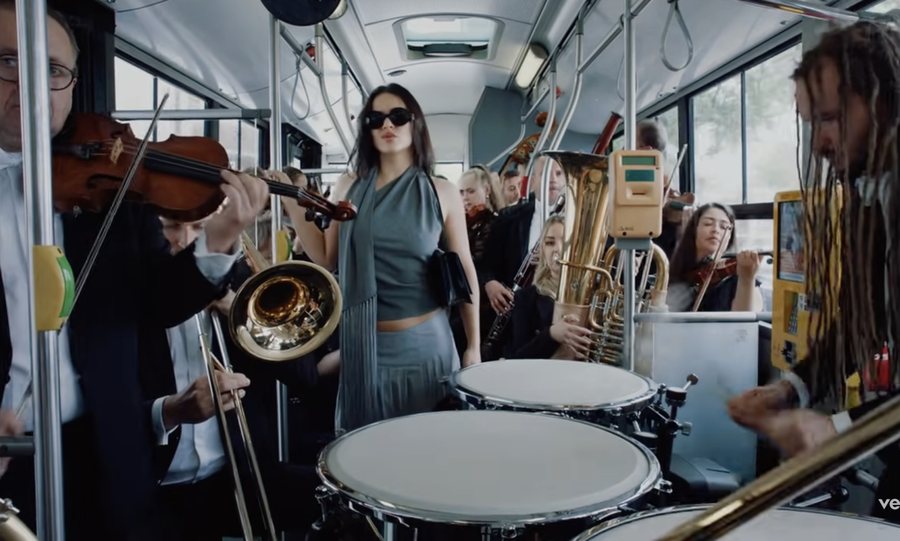
The video clip that is being mentioned everywhere
This is the territory where she transcends herself: more than metamorphosis, Rosalía seems to seek healing. Her wound, the broken heart that she wears like a pendant, becomes the center of the entire symbolic universe of the work, a reminder of the biblical words: “Above all else, guard your heart, for from it flow the issues of life” (Proverbs 4:23).
On this journey, the heart never fully heals. Neither time, nor medicine, nor watchmakers can restore its former heart. Healing comes only at the end of life, that is, with death. Rosalía accepts this pain and turns it into music.
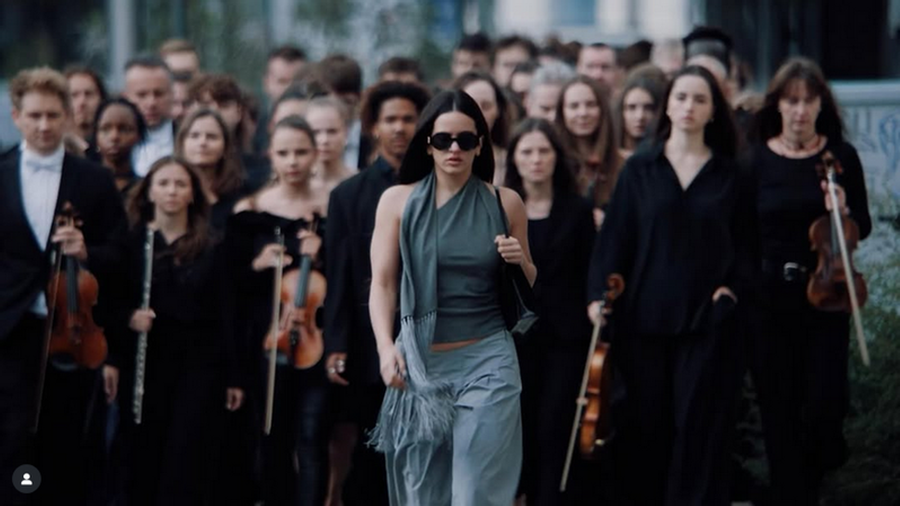
The visual universe of the video oscillates between the intimacy of the home and the sacred public figure, two worlds that, although separate, breathe the same. In the first scenes, she enters the house dressed in black, in heels with crosses, irons her blood-red clothes, washes them until they turn white.
But within this silence, tension erupts: the London Symphony Orchestra enters with grandeur, breaking intimacy and invading personal space. Sacred music enters ordinary life and the everyday becomes sacred.
Rosalía embodies the contrast between public and private, between body and soul. Rosalía does not wait to be saved, she chooses to go through symbolic death to be reborn herself.
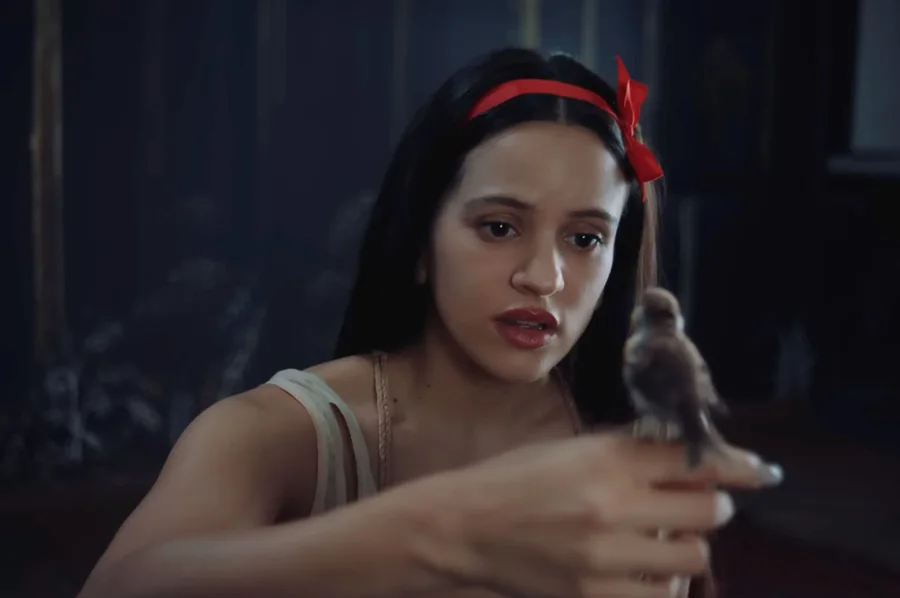
In the section towards the finale, Björk's voice appears as a bird detached from the world of Snow White (Rosalía) that follows her, repeating the lines:
“The only way I know is divine intervention / The only way I will be saved is by divine intervention.”
The resurrection happens through sound, through music, a modern "prayer" through electronic sound. At the end of the video, a white dove flies between light and darkness. The heart, worn out and reborn, beats again. As in a new beginning.
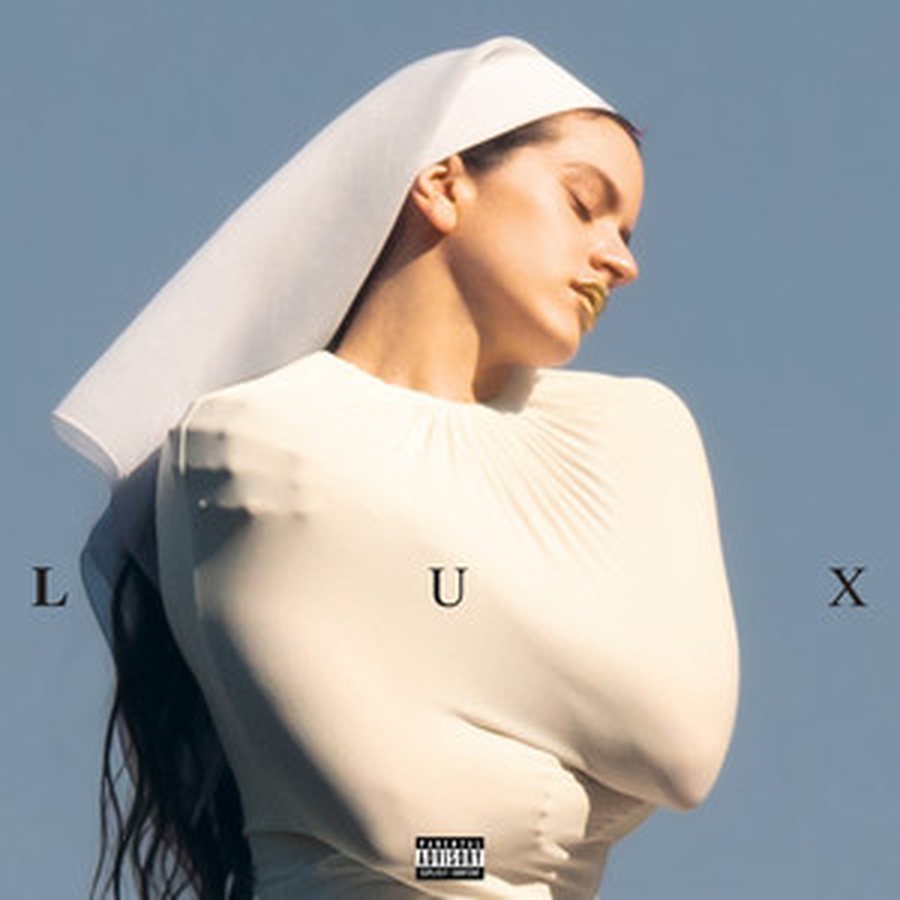
Criticism
Critics have called "Berghain" a bold step towards contemporary art, and many have noted that Rosalía is no longer following trends, but creating them herself.
"For the first time in my career, I'm speechless. Rosalía is changing the rules of the game again," said Zane Lowe, Apple Music's renowned celebrity interviewer.
But “Berghain” is just the beginning. The album “Lux” is expected to have 18 songs, and the list of collaborations is crazy: Björk, Yves Tumor, Carminho, Estrella Morente, Silvia Pérez Cruz, Yahritza, and even the choirs of Montserrat and the Palau de la Música Catalana. So, from flamenco to church music, Rosalía is creating a mosaic where every voice, language and culture will coexist.
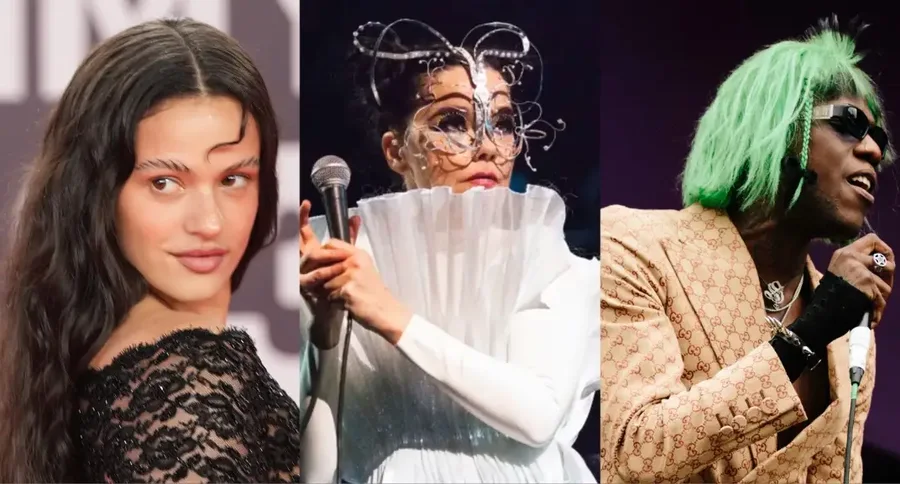
And for those who have followed her since “Motomami,” “Lux” feels like Rosalía’s most mature and artistically risky phase. Fewer people may like it, but many more will experience well-made art and music.
Follow below:


